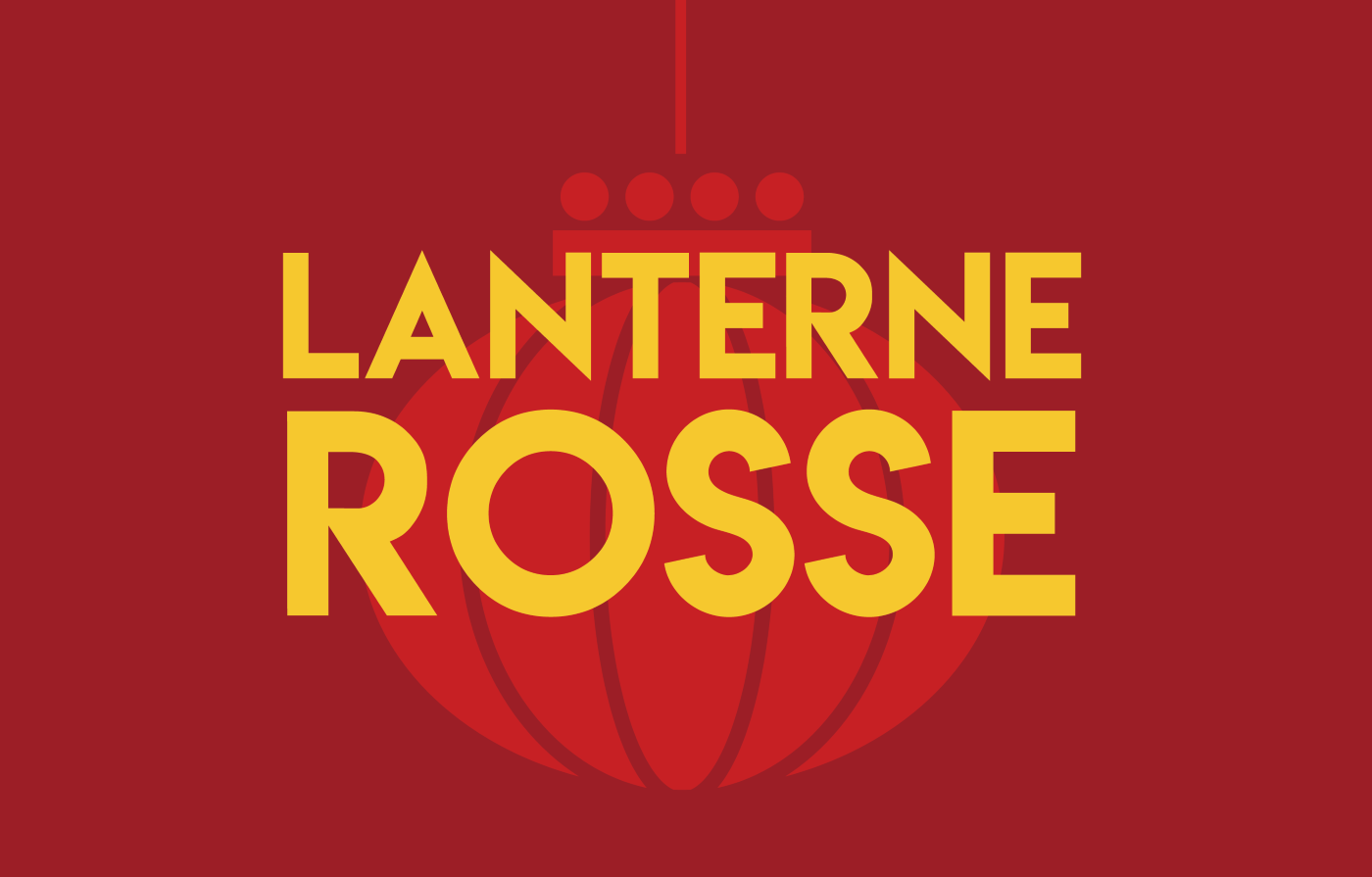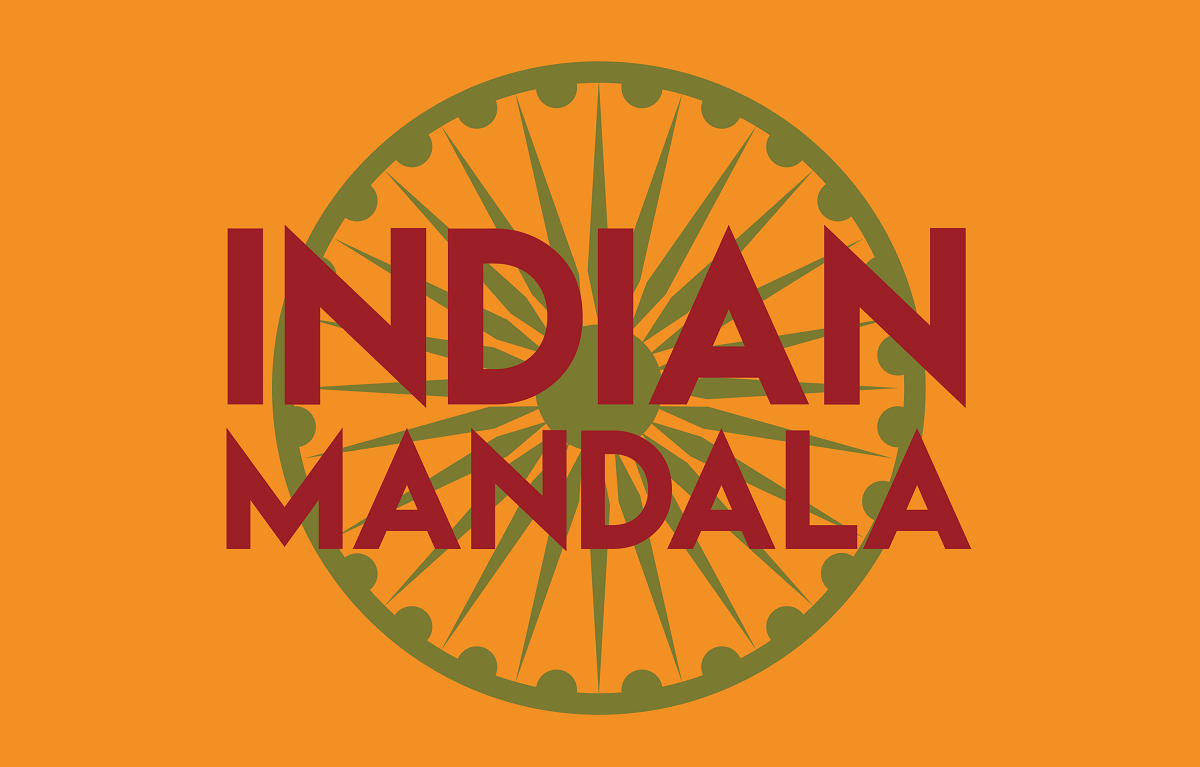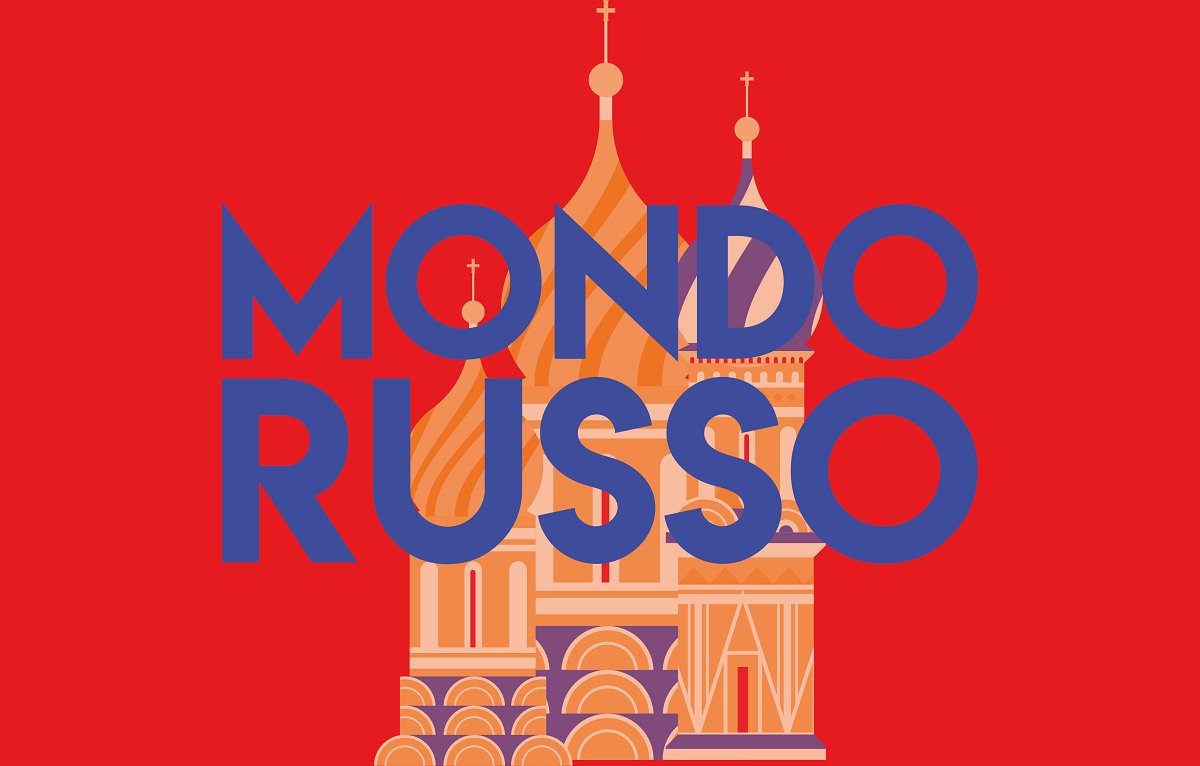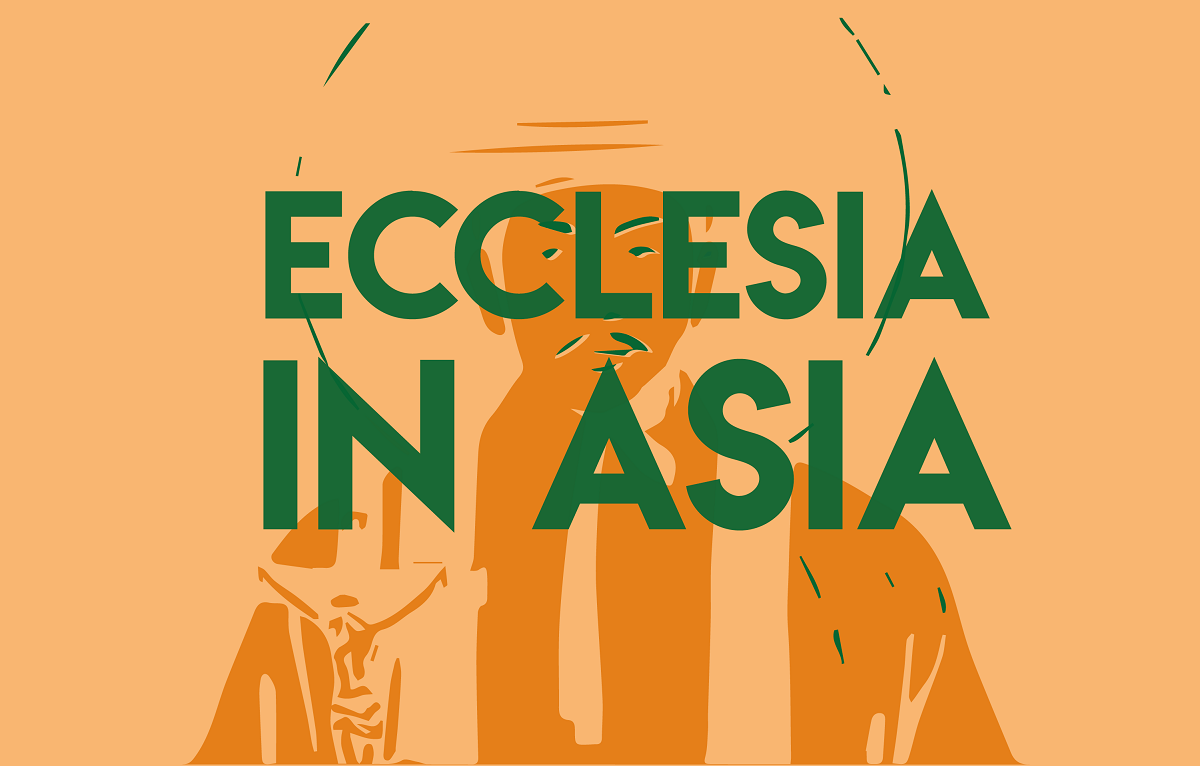The ‘illusion of victory’ in Russia's long war campaign in Ukraine
The 2025 military campaign, the most violent and systematic, is nearing its conclusion before the winter freeze. For one expert, “the strategic context of the war is [. . .] shifting," while Russia’s economy slides towards stagnation. Trump is tempted to conclude a "mutual deal" with Putin. Neither Russia nor Ukraine are truly capable of changing the course and nature of the war.
The illusion of fresh peace negotiations between Donald Trump and Vladimir Putin, with a scenario even more appealing to the Russians than Alaska or Moscow's friend Viktor Orban's Hungary, has been shattered by Volodymyr Zelensky's move, who expressed his willingness to join the two emperors, and the poor reception from other European countries.
Russian Foreign Minister Sergei Lavrov ended the question, seeing no need to halt military operations without a guarantee of victory for Russia.
The illusion of a great victory seems, however, to be receding, as the 2025 military campaign, the most violent and systematic of the four years of war, nears its end without having achieved concrete results before the winter freeze.
With a constant barrage of missiles and drones, repaid by the Ukrainians with the systematic destruction of Russian energy sites, and increasingly shocking numbers of military and innocent civilian casualties, the Russian advance has, according to the most plausible calculations, gained no more than 3,000 square kilometres, 0.4 per cent of Ukrainian territory.
According to The Economist, at this rate, it will take Russia at least another five years to conquer the entire territory of the four Donbas regions of Luhansk, Donetsk, Kherson, and Zaporizhzhia. If Moscow wanted to occupy all of Ukraine, it would have to wait for more than a century, a prospect that would not deter the Kremlin, in any case.
Meanwhile, for Nigel Gould-Davies, an expert at the International Institute for Strategic Research (IISS), "the strategic context of the war is [. . .] shifting.”
Russia's summer campaign failed, with massive losses, now exceeding 300,000 dead and seriously injured, and the strategy of compromise with the Americans has yielded no results; indeed, it has further deteriorated with the recent US sanctions on Russian oil.
European funding for Ukraine, despite the slow pace with which it is being decided and implemented, is turning into a” tsunami" for the Russians, and internal problems are growing for an economy sliding ever further towards stagnation.
China offers some support with deliveries of weapons technology, but the real support would be the purchase of gas with the new infrastructure to be built, which will not really refill Russia's coffers before 2030.
At the same time, Ukraine's Western allies seem incapable of insisting sufficiently on these critical factors to force Russia to a ceasefire on terms acceptable to Ukraine.
In Washington, the temptation to conclude a "mutual deal" with Russia to the detriment of Ukraine appears to persist, despite the hesitations on talks between Trump and Putin. These uncertainties have encouraged Russia to prosecute its war indefinitely, adjusting the timing and modalities of military operations.
Russian advance depends on geography, the level of urbanisation, and the concentration of industries and production facilities, each of which can be transformed into a long-term defensive bastion, as needed.
The Russian army can move relatively quickly north of the Zaporizhzhia region, the part still controlled by the Ukrainians, a few hundred square kilometres of sparsely populated land with few natural boundaries for defence such as rivers and hills, but also of little strategic relevance.
In the much more urbanised and industrialised Donetsk region, the Russian advance is very slow and with little chance of maintaining the gains already made, something that has happened since well before 2022, with the "hybrid" and flexible clashes that began in 2014.
In recent months, Russia’s main effort has been concentrated on two key transport hubs for the entire Donbas, namely Kupyansk and Pokrovsk, which provide access to Liman and the possibility the way north of Zaporizhzhia and southeast of Dnepropetrovsk.
According to experts, this suggests that the Russian General Staff are trying to create the conditions for a spring-summer campaign towards Zaporizhzhia next year, with a flanking attack on the "line of fortresses" in the Donetsk region, where the strongest detachments of the Ukrainian armed forces are deployed along the Slavyansk-Kramatorsk-Konstaninovka line.
Without conquering these strongholds, definitive occupation of the area is impossible, but the operation requires a huge deployment of forces and equipment, with undoubtedly very high human losses.
The poor results of this year's military operations, especially in the light of Moscow's grand ambitions, combined with the worsening economic situation, are causing evident uncertainty among Russian leaders, although this obviously does not translate into public debates on whether to continue the war or accept Trump's proposals, or trying to turn the conflict into a permanent "hybrid war”.
“We must ensure the unconditional fulfilment of all goals set for the troops in the course of the special military operation," Putin said during a meeting with the top brass of the General Staff of the Armed Forces.
This presupposes the rejection of any agreement, since the latter would imply that the parties involved give up some goals, but Russia may not be able to continue the war for much longer.
It is not only economists abroad and opponents of the Putin regime who claim that the Russian economy is increasingly in crisis – Central Bank President Elvira Nabiullina herself has acknowledged that the reserves that allowed the economy to withstand the first years of the war are now exhausted.
The head of the State Duma Budget Committee, Andrei Makarov, openly stated that "the state may run out of money,” which would lead to a repeat of what happened at the end of the Soviet Union.
One of the factors most directly affecting the Russian economy is the increasingly limited capacity to export oil via maritime routes. The export of crude oil and derivatives currently accounts for 75 per cent of hydrocarbon export revenues, and 80 per cent of this goes by sea.
If this were cut in half, Russia would lose approximately US$ 50 billion, or four trillion roubles, and Ukraine theoretically has the potential to achieve this result.
Oil transport takes place primarily through a limited number of ports on the Baltic and Black Seas, with the key role played by six-seven terminals, the main ones being Primorsk and Ust-Luga on the Baltic, and Sheskharis on the Black Sea, each of which handles approximately 75 million tonnes of oil annually.
Oil loading ports are technically very complex structures and militarily sensitive targets, and destroying them would require a dozen or so Tomahawk missiles, which Kyiv has not received so far from the US, but if negotiations fall through, they could come back into play.
As for Ukraine, notwithstanding Western arms deliveries, its armed forces are in extremely critical conditions, especially due to a shortage of personnel for defensive mobilisation.
According to official estimates, there are fewer than one hundred thousand Ukrainian soldiers on the frontline, compared to over half a million Russians, with new troops being added continuously.
This has not yet led to a complete catastrophe, considering that attack requires far more forces than defence, and that much of the fighting currently takes place with attack drones capable of securing so-called death zones, areas approximately 15 kilometres long along the front lines that prevent the enemy from advancing without major losses.
However, Ukrainian defence is described as a "porous belt" with serious gaps and openings in the middle of the most controlled zones, through which limited groups of Russian attackers can penetrate.
These shortcomings in Ukraine's defence system stem from various social and political factors within the country, including the many young people from the upper-middle classes who flee military service, often relying on corruption in the administration.
Social injustice in Ukraine demoralises the masses of lower-class citizens who shoulder the full burden of the defensive war, and political leaders are unable to find solutions to these imbalances.
President Volodymir Zelensky and his closest aides are unwilling to change the top ranks of the General Staff, fearing that the rise of more effective figures, replacing the current, highly unpopular, and evidently incompetent commanders, could generate political ambitions too difficult to stem.
The question of Ukraine's future, even beyond the outcome of the war, depends greatly on these factors.
Ultimately, neither Russia nor Ukraine are truly capable of changing the course and nature of the war, and the scenario for the coming year is unlikely to offer any solutions other than all-out fighting.
The war remains unchanged from a military, economic, and political standpoint, with neither side clear about the true aims of the conflict. This allows the mystical-ideological abstractions of the "war of the worlds" so dear to the Kremlin tsar to prevail, not to mention the demagogic and financial operations of the real estate mogul in the White House.
RUSSIAN WORLD IS THE ASIANEWS NEWSLETTER DEDICATED TO RUSSIA. WOULD YOU LIKE TO RECEIVE IT EVERY SATURDAY? TO SUBSCRIBE, CLICK HERE.
24/07/2021 14:33
06/04/2021 10:32
14/06/2021 10:54





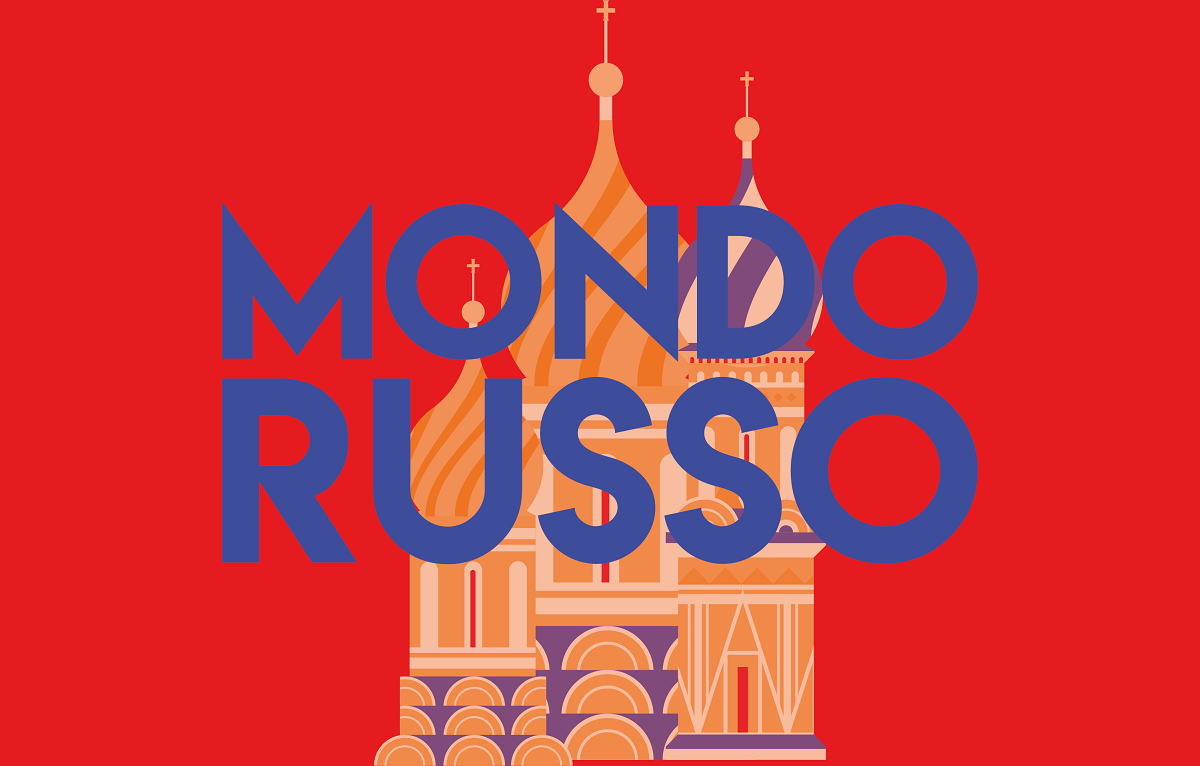

.png)

